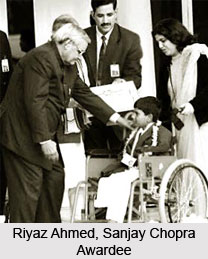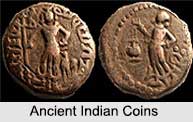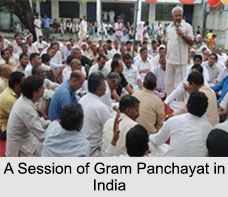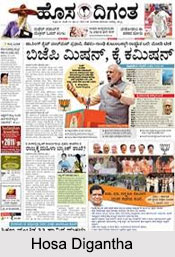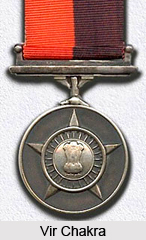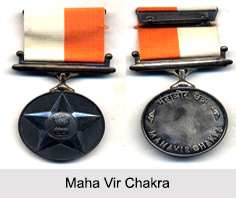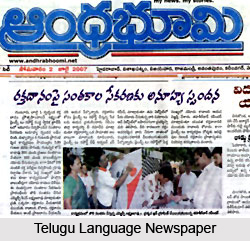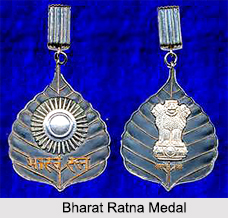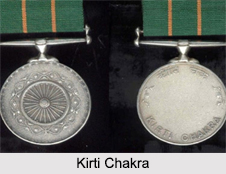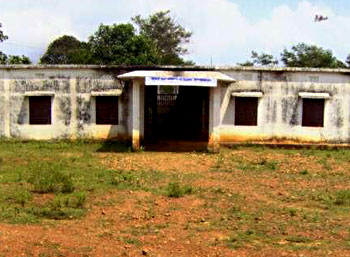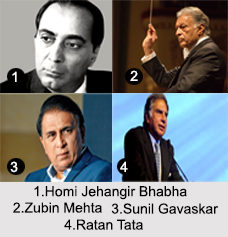Revenue generated was employed in various developmental activities of the state. Revenue of the villages was assigned to skilled Brahmins for their maintenance. If the share obtained in the revenue was very small they would be granted full exemption from taxation. In some smritis it has been observed that the whole of the Brahmin caste were exempted from taxation. However there is a difference of opinion as in Mahabharata it has been declared that the Brahmins who held lucrative positions were charged usual taxes and cess at applicable rates.
The lands of Brahmana owners were sold away for the non-payment of the government dues. The Brahmana donees of agrahara villages had to pay interest on the land tax remaining in arrears. The state after waiting for three months would sell away the shares of the defaulters.
Temples also generated revenues. Temples which owned extensive lands had to pay taxes. If the income was small only a quit rent was charged. Sometimes the temple sells parts of land in order to pay the government dues. One sixth of land produce was charged.
Trade and industry taxes were also a major source of revenue. Traders had to pay octroi duties that were levied on most of the imported articles at varying rates. They are paid either in cash or in kind. Customs duties varied according to the commodities. According to Manu a 16%duty on fuel, meat, honey, ghee, scents, medicines, flowers, vegetables earthen pots and leather should be levied. Kautilya recommends lighter tariff of 4% to 5% on medicines, fuel leather goods and earthen pots. Cotton materials were charged low. Wines and silken pieces were charged a higher duty varying from 61/2% to 10%. Tariffs varied from province to province. Most of the articles mentioned in this connection by the Smritis paid customs duty. According to Kautilya items intended for religious ceremonies and sacrifices, marriages, presents given to the bride, should be exempted from octroi duties.
The ferry tax was another source of income generation. It had to be paid for passengers, goods, cattle and carts. A shop tax has been frequently referred to in inscriptions. It existed in the Deccan under the rule of the Yadavas. In south India it was six panams per annum. The 10% tax on sale proceeds has been referred by Megasthenese.
Petty artisans like smiths and carpenters had to work one or two days a month for the state. The Central Government usually transferred the right to receive the labour tax to the local bodies. As per Inscriptions this tax was known as karukara, the tax on artisans. It also included small duties from barbers, washer men, goldsmiths and potters. Weavers paid a tax of 11/2 panam per loom under the Vijayanagar administration.
Trade in wine was under state control. It was manufactured partially in state distilleries and partly by private groups. The wine prepared by private agencies had to pay an excise duty of 5%.
The mines that were leased out had to pay a heavy excise duty. According to Sukra it was 50% in the case of gold and diamonds, 331/3% in the case of silver and copper and 16 to 25% in the case of other metals. Excise duty was also imposed on salt. Cattle breeding also had to bear its share of taxation. As per inscriptions tax was charged per head per cow, sheep or she-buffalo.





